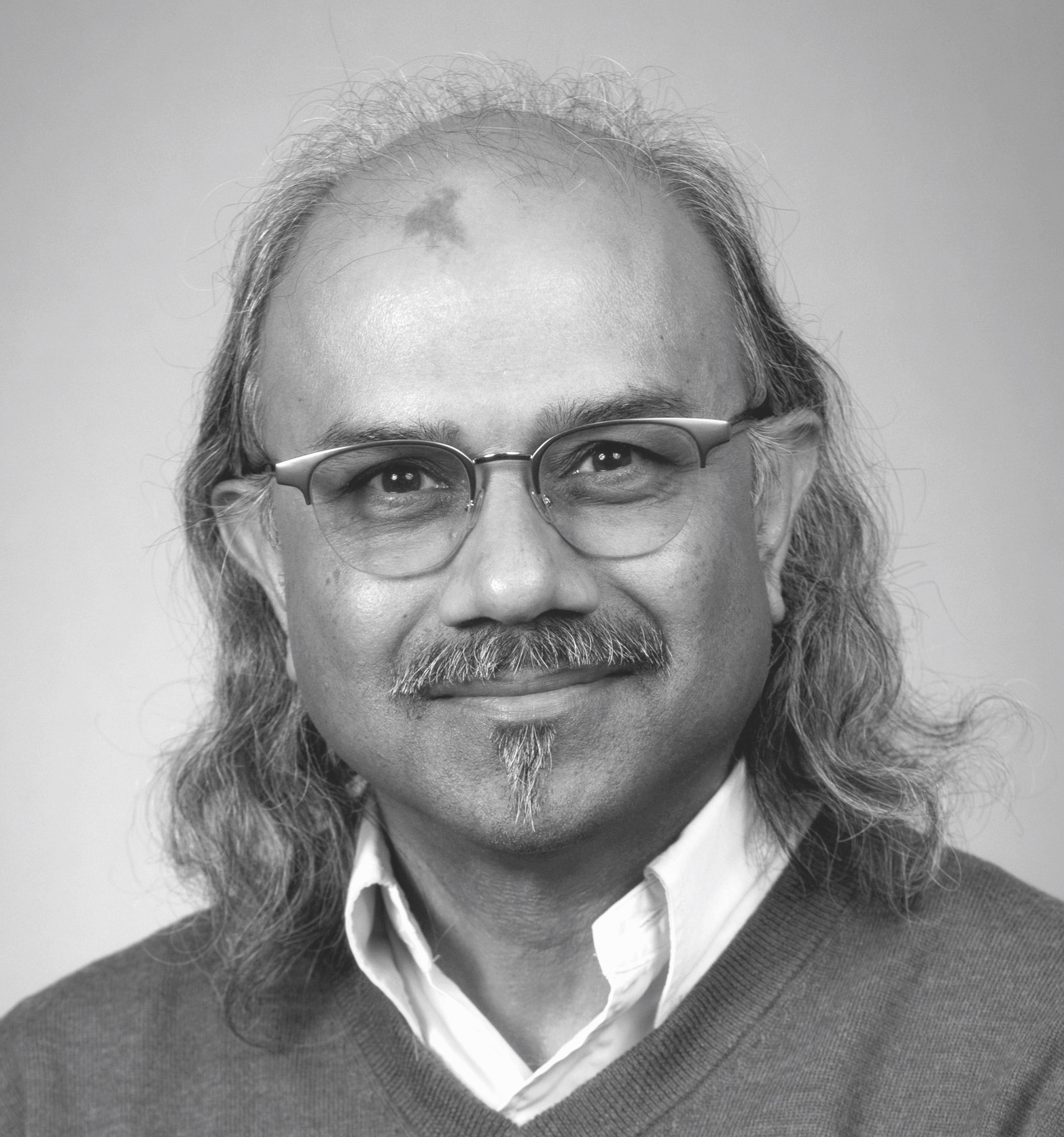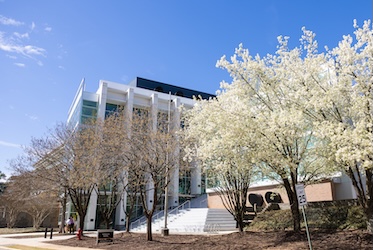
Bridging Possibilities: Graduate at the helm of interstate reconstruction project
KENNESAW, Ga. | May 31, 2017

The senior vice president at C.W. Matthews Contracting Company, the state’s largest road construction contractor, knew his company’s expertise may be needed. Within hours, the Georgia Department of Transportation had reached out to them, and soon after, C.W. Matthews’ crews were on site.
“Our major projects division crews were working on the I-85 express toll lanes nearby when the I-85 bridge fell, so we were able to get our crews out there quickly,” Shropshire said. Relocating crews proved beneficial as traffic needed to be rerouted with the interstate’s closure.
Shropshire was responsible for coordinating the efforts with GDOT, and began immediately working on logistics and figuring out construction costs. In his role, he monitored the overall project.
“On the front-end, logistics was a big part of it. We quickly moved in traffic control equipment,” said Shropshire, who has been with C.W. Matthews for nearly 29 years. “And once we figured out construction costs, we were able to step back and let the bridge crew do their job.”
More than 640 feet of the I-85 bridges, including the 100-foot long burned-out section, was replaced in six weeks, months ahead of schedule. It re-opened to traffic in both directions on May 13.
“Everything that we wanted to do went well with the subcontractors and suppliers,” he said, adding there were no project setbacks. “Suppliers had the bridge beams casted by day four. The timing worked out perfectly.”
I-85 bridge
Eleven crews worked around the clock – six crews during the day and five at night – during the six-week project. Shropshire oversaw two key division managers, one a day supervisor and one a night supervisor, in monitoring the 24/7 construction.
“It was an all-hands-on-deck project, and even if nothing was going on, you wanted to be there and be a part of it,” Shropshire said. “Building the bridge was just standard construction, using the same means and methods that we normally use for all of our projects.”
However, impeccable timing, high-tech materials and good weather landed them ahead of schedule. C.W. Matthews has 26 bridge crews, but could handpick crews from other construction projects that were ahead of schedule or nearly complete.
The $16.5 million I-85 bridge repair spanned six sections, and the company was able to stage the project so that crews worked in a stair-step fashion. As soon as columns were installed on a bent, the crews were able to cap it and move on in sequential order to complete each section of the bridge, Shropshire explained.
The concrete mix was also a project timesaver, he said. Instead of the standard concrete mix used in road construction, which takes about 14 days to dry and set up, a more advanced concrete sped dry time to about three days.
As crews rebuilt the bridge, which carries nearly a quarter million vehicles each day, GDOT’s Traffic Management Center gathered data on traffic flow. The C.W. Matthews company was able to make traffic adjustments overnight.
“In one case, we had the task of changing turn lanes, from one to two lanes, based on the traffic data studies,” said Shropshire. “We shut down sections of the road overnight, restriped it, and had traffic moving again by the next morning.”
Shropshire landed a co-op with C.W. Matthews in college and joined the company full-time after graduating. He earned a degree in civil engineering technology with a construction option in 1990 from then Southern College of Technology (which was renamed Southern Polytechnic State in 1996 and then consolidated with Kennesaw State in 2015).
Shropshire has remained connected to the university and currently serves on Kennesaw State’s Industry Advisory Board for Construction Management and chairs the resource mobilization committee. Last year, he organized the department’s annual fundraising gala, helping to raise nearly $120,000 for the department’s programs, student scholarships and student competition teams. He will chair the annual gala again this year.
In the days and weeks that followed the bridge collapse, Shropshire said that all normal business was pushed to a later date, and life as he knew it, including his volunteer involvement with KSU, was temporarily put on hold.
While he was excited to work on a project of such magnitude and has enjoyed the success of the I-85 bridge reconstruction project, he’s happy to get back to normal.
“Any project that is this high profile, the energy levels are so high,” Shropshire said, adding that the company completed an airport runway project in 33 days. “We run at 90 miles per hour and then it all just stops when the project is finished. Those energy levels are gone and we just go back to our everyday normal operations.”
Related Posts

Kennesaw State student receives award from National Association of Home Builders

Saif Haq has been named chair of the Kennesaw State University Department of Architecture

Kennesaw State student integrates artificial intelligence into architectural design education

Kennesaw State, Norwegian University of Science and Technology collaboration aims to enhance architecture and sustainability technologies














